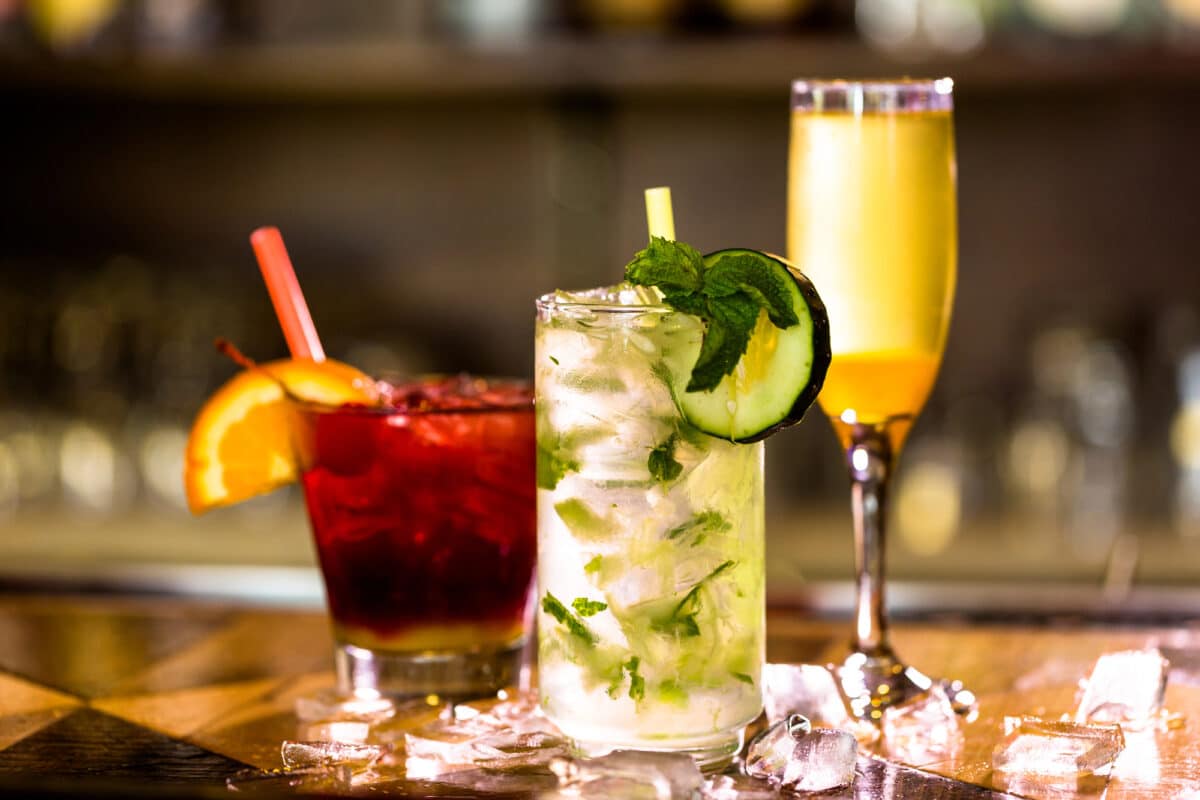An aperitif is a pre-meal alcoholic beverage traditionally enjoyed to stimulate the appetite. It typically has a light and refreshing character, meant to awaken the palate and prepare it for the forthcoming meal. Common examples include vermouth, champagne, dry sherry, and various liqueurs served neat or in cocktails like the classic Negroni (Gin, sweet vermouth, Campari, orange twist or slice) or Aperol Spritz. Here’s a recipe forDiabolo, a non-alchoholic French aperitif our wrtier discovered in Marseilles.
In different languages and cultures where aperitifs are popular, they are referred to by various names reflecting local traditions and beverages. In French-speaking regions, an aperitif is often called “apéritif,” while in Italian, it’s referred to as “aperitivo.” In Spanish, it’s known as “aperitivo” or “vermut,” depending on the specific drink served. These terms encompass both the beverage itself and the social ritual of enjoying it before a meal, often accompanied by small bites or appetizers to enhance the experience.
The concept of an aperitif extends beyond Europe, with similar traditions found in Latin America, where drinks like Pisco Sours in Peru (Pisco*, fresh lime juice, simple syrup, egg white, Angostura bitters) or Caipirinhas in Brazil (Cachaça*, lime, sugar, ice) serve a similar purpose of stimulating the appetite before dining. Try the Passport to Chile recipe, a one-bottle cocktail made with pisco. Across cultures, the aperitif remains a valued social custom, blending flavors and traditions to set the stage for meals and gatherings.
*Cachaça is a Brazilian spirit made from fermented sugarcane juice. Pisco is a type of brandy from South America, commonly produced in Peru and Chile, made by distilling fermented grape juice. Angostura bitters are a concentrated alcoholic herbal preparation flavored with herbs and spices.

